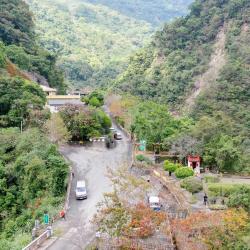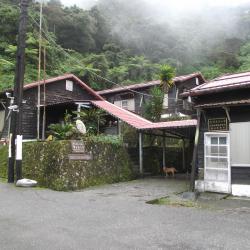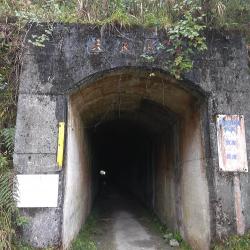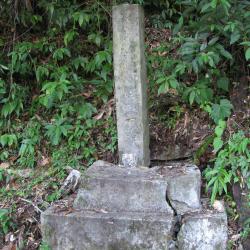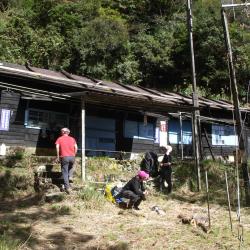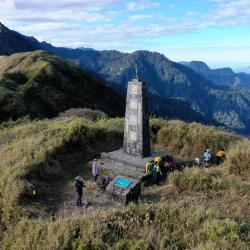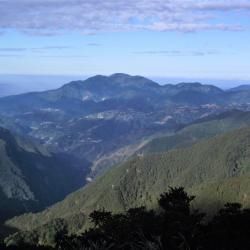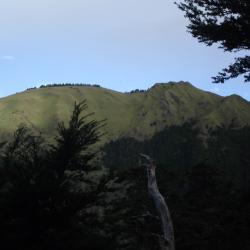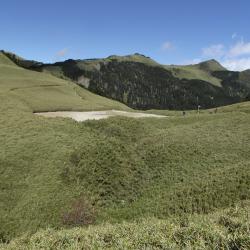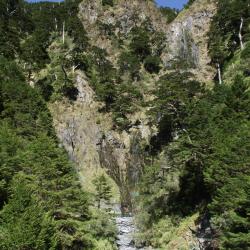The Longjian Power Plant, located at the junction of Mugua River and Longfeng River, was built in 1955. Since the Fengxi (Batoru Creek) waterfall was visible in the past, it was named Longjian, which the Chinese character “Long” means waterfall in Japanese and the name has a meaning of “seeing the waterfall”. Later, in 1959, when the construction of Taipower’s Longxi Dam was completed, the stream was blocked, and the waterfall landscape disappeared. The lower right platform of the current Longjian Power Plant was where the Longjian Police Post used to be.
